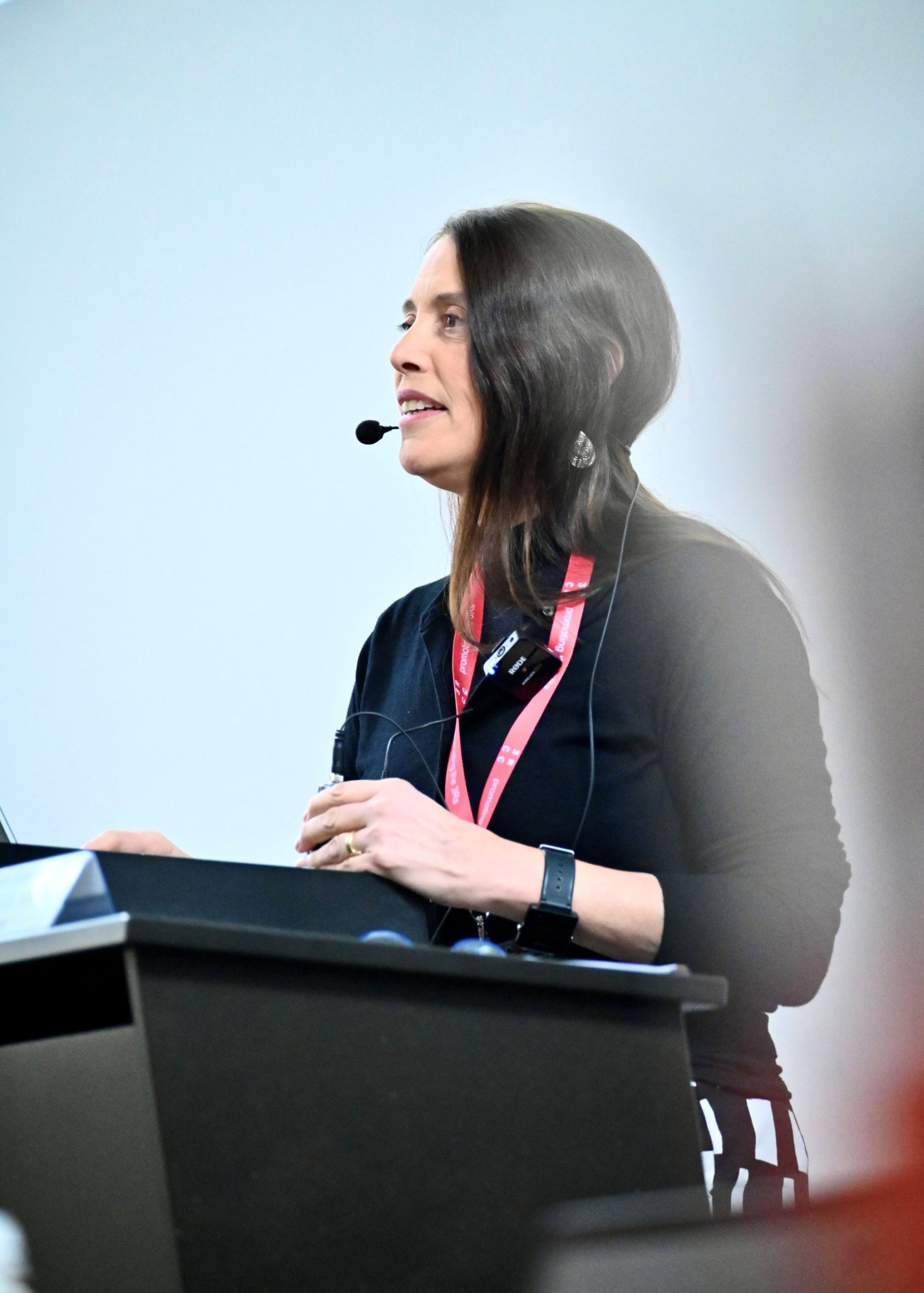Keynote Lectures

- Prof. Laura Suter-Dick (Hochschule für Life Sciences FHNW, CH)
- Monday, 15 September
- 08h30 – 09h30
The liver is a major site for xenobiotic-induced toxicity and in vitro systems often focus on the hepatocyte. However, multicellular 3D-systems are better suited to reflect some types of toxicities such as immune-mediated responses and liver fibrosis. Immune-mediated liver toxicity may involve Kupffer cells or Hepatic sinusoidal cells (LSECs). Liver fibrosis involves a series of key events described in the adverse outcome pathway (AOP) #38, based on the interaction of at least three cellular players: hepatocytes, Kupffer cells, and hepatic stellate cells. Hence, complex in vitro systems are required to assess these effects. For example, 3D-co-culture spheroid models can reproduce a fibrotic phenotype and mimic the key events characteristic of the liver fibrosis AOP (hepatocellular damage, activation of Kupffer cells, activation of stellate cells and deposition of extracellular matrix). However, in these complex systems it is difficult to understand the contribution of each cell type to the observed response. Studies implementing co-cultures, monocultures, and cell-type specific endpoints such as cellular respiration and release of miRNAs can help better discern the specific involvement of target cells. As specific examples, we evaluated the effects of methotrexate and the response to adeno-associated viruses (AAVs) of several liver cell types.


- EUROTOX Debater: Prof. Ulf Olofsson (Royal Institute of Technology (KTH), SE)
- SOT Debater: Michael Aschner (Albert Einstein College of Medicine, US)
- Monday, 15 September
- 13h00 – 14h00
The annual SOT/EUROTOX debate features leading toxicologists presenting contrasting perspectives on a controversial or pressing issue in toxicology. The debate began in the early 1990s and has been a highly anticipated event ever since.
This year, the debaters will address the proposition, “Are Electric Vehicles Actually Bad for the Environment?” The debaters will introduce the issues that should be considered in weighing the costs and benefits of electric vehicles to the environment. Critical to this debate are considerations of emissions, natural resources, energy consumption, cost, and lifecycle. Relevant questions include:
(1) What are the most important factors for evaluating the environmental impact of gas versus electric vehicles?
(2) What is the environmental impact of electric vehicle batteries?
(3) What populations are most impacted in the switch to electric vehicles?
(4) How can risk be compared across the entire lifecycle of the materials?
(5) How do extraction processes for fossil fuels versus electric vehicle battery materials differ?
In addition to inclusion as a Keynote Lecture at this meeting, this debate took place already (with the debaters having taken the reverse positions) in Orlando, US, during the 2025 SOT Annual Meeting, March 16–20.



